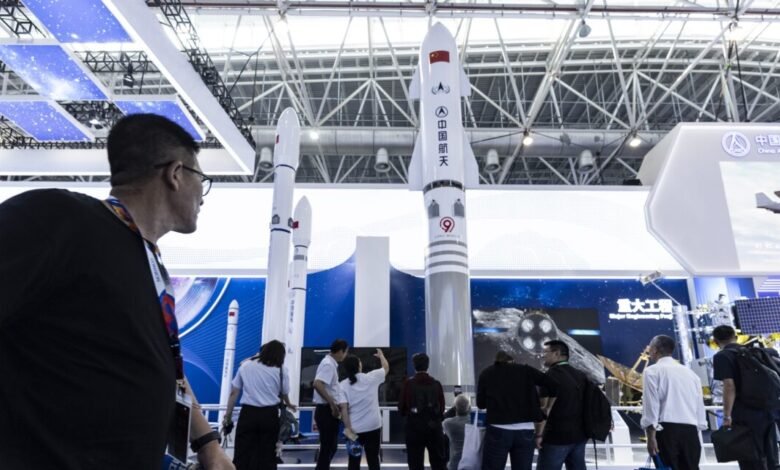China’s Space Program Nears Parity with the US, Report Finds

▼ Summary
– Jonathan Roll, a research analyst, was impressed by China’s growing space ambitions during his graduate studies and found even more significant progress three years later.
– China is adopting Western innovation strategies to accelerate its space program, making rapid advancements across multiple fronts.
– Roll co-authored a report titled “Redshift,” which examines the acceleration of China’s commercial and civil space activities and the threat they pose to the US.
– The report, sponsored by the US Commercial Space Federation, highlights China’s potential to land humans on the Moon before the US returns and its broader challenges to American leadership.
– China is not only catching up but setting the pace in space, requiring sustained US commitment and adaptability to compete over the long term.
A new analysis suggests China’s space program is rapidly closing the gap with the United States, demonstrating remarkable progress across multiple domains. The findings come from a detailed report examining the country’s accelerating civil and commercial space activities, highlighting both ambition and execution that now rival leading global efforts.
Jonathan Roll, a research analyst at Arizona State University, initially studied China’s space developments while completing his master’s degree. Returning to the subject years later, he was struck by the sheer scale of advancement. What had once seemed like ambitious planning had transformed into tangible, high-velocity progress. China is not only catching up, it is setting the pace, adopting and adapting Western innovation models to fuel its own rapid expansion.
The report, titled “Redshift,” underscores the strategic nature of China’s investments and regulatory reforms. It points to a deliberate, long-term vision that extends from lunar exploration to satellite deployment and commercial launch capabilities. Unlike earlier space races defined by singular achievements, this new era of competition hinges on sustained commitment and adaptability over decades.
China’s progress isn’t limited to government-led missions. A thriving commercial space sector has emerged, mirroring developments in the U.S. but operating at an accelerated rhythm. Companies are now launching satellites, developing reusable rockets, and pursuing orbital infrastructure at a rate that commands attention. This dual-track approach, combining state direction with commercial dynamism, creates a powerful engine for growth.
Perhaps most notably, China appears on track to land humans on the Moon before the U.S. returns, a symbolic and strategic milestone. But lunar ambitions are only one part of a broader strategy that includes space stations, interplanetary missions, and a growing presence in low Earth orbit. The country is methodically building the foundational elements of a resilient, multi-domain space ecosystem.
The implications for U.S. space leadership are significant. As China deregulates, incentivizes private investment, and aligns civil, commercial, and national security space efforts, it creates a cohesive and scalable model. The U.S. must respond with clarity and sustained investment to maintain its competitive edge. This is not a sprint but a marathon, one that will test political will, industrial capacity, and innovative spirit for years to come.
(Source: Ars Technica)





